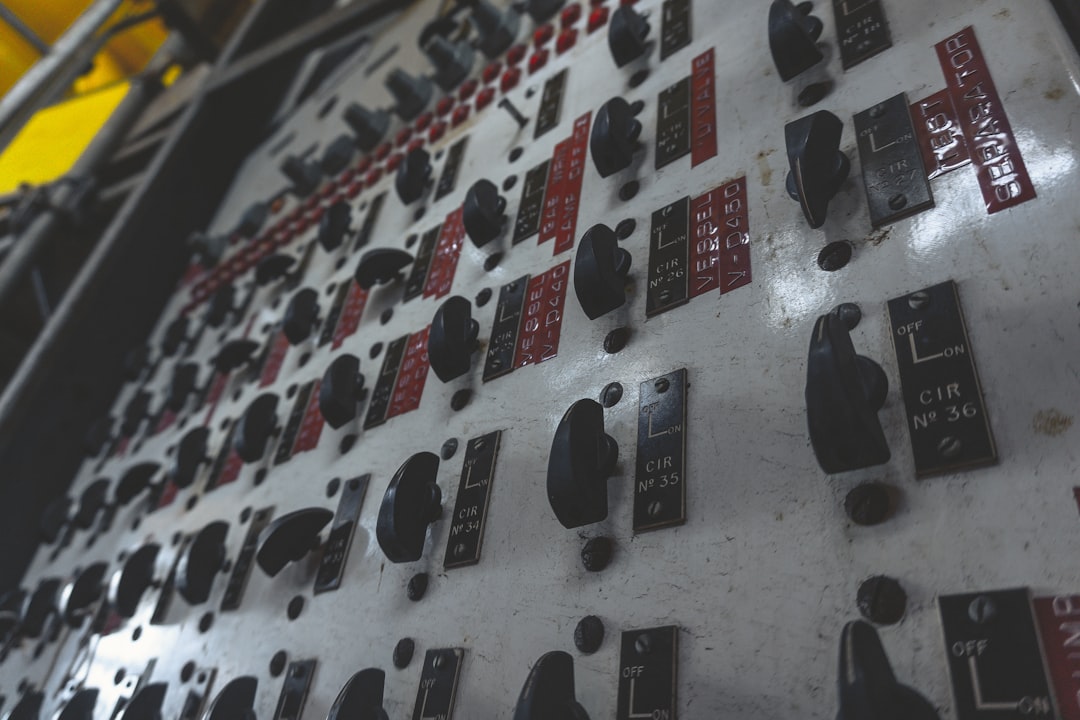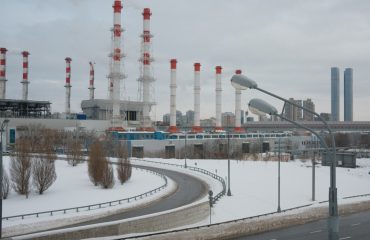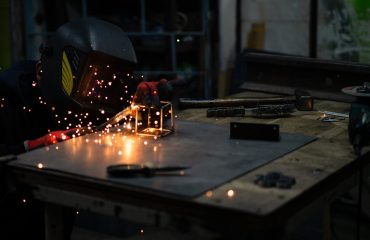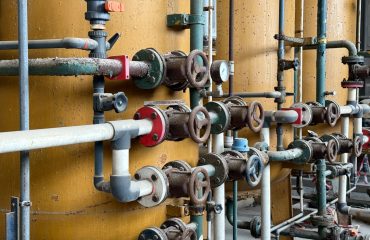Taking a product from a promising prototype to successful mass production is a challenging but rewarding journey. It requires meticulous planning, careful execution, and a deep understanding of manufacturing processes. This comprehensive guide will walk you through the key stages, offering insights and strategies to navigate this crucial transition.
1. Design for Manufacturing (DFM): Laying the Foundation for Scalability
Before even thinking about mass production, your design must be optimized for manufacturability. Design for Manufacturing (DFM) is a crucial process that involves analyzing your prototype’s design and identifying potential issues that could hinder large-scale production. This includes considering factors like:
- Material Selection: Choosing cost-effective and readily available materials that are suitable for the chosen manufacturing process. Consider factors like durability, weight, and environmental impact.
- Manufacturing Process Selection: Determining the most efficient and cost-effective manufacturing process for your product (e.g., injection molding, CNC machining, 3D printing). The choice will depend on factors like volume, material properties, and design complexity.
- Assembly Considerations: Designing components that are easy and efficient to assemble. This includes minimizing the number of parts, using standardized fasteners, and considering automation possibilities.
- Tolerance Analysis: Defining acceptable variations in dimensions and other critical parameters to ensure consistent product quality during mass production. Tight tolerances can increase costs and complexity.
- Testing and Validation: Rigorous testing of the redesigned prototype to ensure it meets all performance and quality requirements after incorporating DFM principles.
2. Tooling and Fixture Development: Equipping for Mass Production
Once your design is finalized, the next step is to develop the necessary tooling and fixtures for mass production. This is a significant investment, but crucial for efficiency and consistency. The type of tooling required will depend on the chosen manufacturing process:
- Injection Molding: Requires highly specialized molds that can withstand high temperatures and pressures. Designing and building these molds is a complex and time-consuming process.
- CNC Machining: Requires jigs and fixtures to hold the workpiece securely during machining. These fixtures must be designed to ensure accurate and repeatable results.
- 3D Printing: While often requiring less tooling than traditional methods, 3D printing for mass production may involve specialized print heads, support structures, and post-processing equipment.
Careful planning and collaboration with tooling manufacturers are essential to ensure the tooling meets the required specifications and is delivered on time and within budget.
3. Supply Chain Management: Securing Resources and Streamlining Processes
Establishing a robust and reliable supply chain is vital for successful mass production. This involves identifying and securing reliable suppliers for raw materials, components, and packaging. Key considerations include:
- Supplier Selection: Evaluating potential suppliers based on factors like quality, reliability, capacity, and cost. Due diligence and thorough vetting are essential.
- Inventory Management: Implementing an inventory management system to ensure sufficient stock of raw materials and components without excessive holding costs. Just-in-time (JIT) inventory systems can be particularly effective.
- Logistics and Transportation: Planning efficient logistics and transportation networks to ensure timely delivery of materials and finished goods. This may involve working with freight forwarders and logistics providers.
- Risk Management: Identifying and mitigating potential risks in the supply chain, such as supplier disruptions, geopolitical instability, and natural disasters.
4. Quality Control and Assurance: Ensuring Consistent Product Quality
Maintaining consistent product quality throughout the mass production process is paramount. A robust quality control (QC) and quality assurance (QA) system is essential to identify and address any defects or inconsistencies. This includes:
- Incoming Inspection: Inspecting incoming raw materials and components to ensure they meet the required specifications.
- In-Process Inspection: Regularly inspecting products during the manufacturing process to identify and correct any defects early on.
- Final Inspection: Thoroughly inspecting finished products before they are shipped to customers.
- Statistical Process Control (SPC): Using statistical methods to monitor and control the manufacturing process and identify potential sources of variation.
- Quality Management Systems (QMS): Implementing a comprehensive QMS, such as ISO 9001, to ensure consistent adherence to quality standards.
5. Scaling Up Production: Gradual Increase and Continuous Improvement
Scaling up production is a gradual process that requires careful planning and execution. It’s crucial to avoid rushing the process, as this can lead to quality issues and increased costs. A phased approach is often recommended:
- Pilot Production Run: Conducting a small-scale production run to test the manufacturing process and identify any potential bottlenecks or issues before full-scale production.
- Gradual Increase in Volume: Gradually increasing production volume over time to allow for adjustments and improvements in the process.
- Continuous Improvement: Continuously monitoring and improving the manufacturing process to enhance efficiency, reduce costs, and improve quality.
- Automation and Optimization: Exploring opportunities to automate processes and optimize production workflows to increase efficiency and reduce costs.
Successfully navigating the transition from prototype to mass production requires a holistic approach, combining careful planning, meticulous execution, and a commitment to continuous improvement. By addressing each stage with diligence, businesses can pave the way for successful product launches and market penetration.
Tags: Prototype, Mass Production, Manufacturing, Design for Manufacturing (DFM), Supply Chain Management, Quality Control




